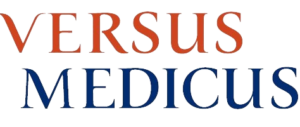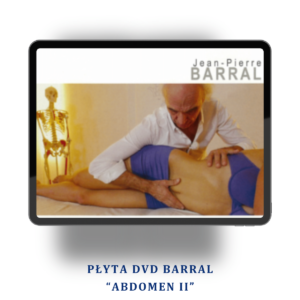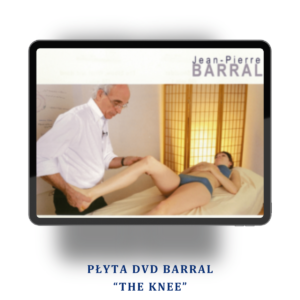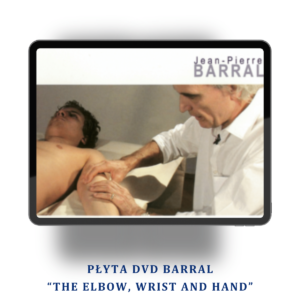This DVD covers 12 major muscles, muscle fascia and tendon approach – techniques for problems of the elbow (tennis elbow, golfer’s elbow, etc.). In addition, six relevant treatment techniques for the ligaments, and the treatment of the supplying vessels and nerves of the elbow are demonstrated and explained. Six advanced techniques for the treatment of connective tissue components (muscles, ligaments and joint capsules) of the wrist, the wrist, finger joints, and the treatment of the supplying vessels and nerves are also demonstrated. Their practical use shows amazing results for blockages of the wrist, the joints of arthritic changes and the positive impact on paresthesias and carpal tunnel – syndrome.
New Manual Articular Approach will greatly enhance the effectiveness of your patient treatments.
Running time: 60 mins
This DVD covers:
part 1 (18 min.)
1. biceps brachii muscle (insertion) and lacertus fibrosus (bicipital aponeurosis)
2. radial (lateral) collateral ligament, anular ligament and interosseous membrane
3. ulnar (medial) collateral ligament
4. brachioradialis muscle (longus/brevis) extensor carpi radialis muscle (longus/brevis)
part 2 (18 min.)
5. pronator teres muscle
– flexor carpi radialis muscle
– palmaris longus muscle
– flexor carpi ulnaris muscle
– flexor digitorum superfiscialis muscle
6. three important nerves at the elbow
– nervus radialis
– nervus medianus
– nervus ulnaris
7. insertion of triceps brachii muscle and fat at the olecranon treatment of the cartilage
8. brachial artery at the elbow
9. interosseous membrane (proximal)
part 3 (23 min.)
theory and treatment demonstration
10. distal radio-ulnar joint, joint capsule and articular disc of wrist joint ligamentum radio-ulnaris
11.carpal joints, ligaments etc. ligaments related to os capitatum
12.carpal tunnel syndrome (fascia, muscles, ligaments and nerves) palmaris longus and brevis muscle median and ulnar nerve
13.collateral ligaments of the phalanges, joint capsule and synovial fluid
Additional Information
It is not only the dysfunctional tension around the joint, that we have to find and treat, it is also the pressure inside the joint capsule, that we have to observe. Barral is aiming for a process of restoring the negative pressure inside the capsule, to distribute the synovial fluid evenly and thereby „save“ the cartilage. This is based on the observation, that the pressure difference between the inside of the joint capsule and its surrounding tissues is maintained or – in case of dysfunction – disturbed by strain, present in all sort of tissues. Strain can be found not only within muscles and their fascia, strain is present in membranes, ligaments, the capsule itself and even in certain layers of fat tissues. In this DVD Barral shows, how to make the choice for efficient treatment for elbow and wrist problems, by distinguishing amongst the large variety of anatomical units and tissues involved.
For treating epicondylitis at the elbow, the DVD shows a clear distinction between the „tennis elbow“ and the „golf elbow”. Both dysfunctions require a distinct treatment strategy, because both can be related to different nerves, involved in the irritation of the elbow.
For the “carpal tunnel syndrome” the DVD gives clear instruction, how to choose and execute the most efficient manual interventions. Barral demonstrates an almost microscopic evaluation of the way, that the median nerve takes between the shoulder area and the wrist. All the possible „narrows“, all the places where the nerve may loose its freedom to slide are included in the evaluation. By that, he arrives at a clearly defined program, showing how to treat the “carpal tunnel syndrome”, including, the carpal ligaments, joint capsules and the impingements of peripheral nerves.
In addition, Barral discusses the influence of hormonal changes like in pregnancy or menopause, that may be part of the cause for problems around the carpal tunnel syndrome by causing change in the elasticity of the connective tissues. With this in mind, he arrives at a complete spectrum of New Manual Articular Techniques, that add to the traditional biomechanical tradition of manual intervention.





